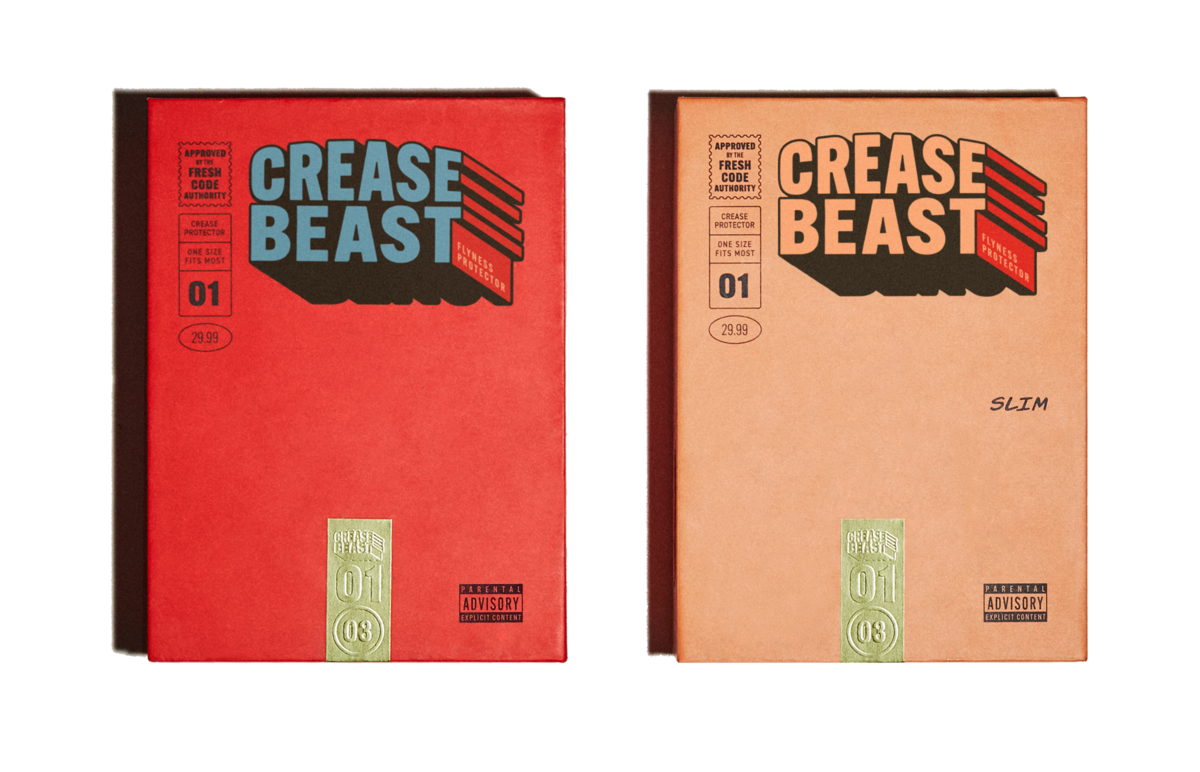Creasing in Handcrafted and Artisanal Shoes
When it comes to handcrafted and artisanal shoes, creasing is an important aspect that can greatly impact both the aesthetics and functionality of the footwear. Creases occur naturally in leather shoes as they mold and conform to the unique shape of each wearer's foot. While some may see creasing as a sign of wear and tear, others view it as a desirable characteristic that adds character and uniqueness to the shoes.
Leather, being a natural material, is known for its ability to adapt and develop a patina over time. Creasing is a natural result of this process and can vary depending on several factors such as the type of leather, craftsmanship, and the overall quality of the shoe.
The Importance of Craftsmanship
Handcrafted and artisanal shoes are known for their superior craftsmanship, with skilled artisans meticulously crafting each pair with precision and care. The level of craftsmanship plays a significant role in the final creasing pattern of the shoes. Attention to detail and the use of traditional techniques ensure that the creases are even and aesthetically pleasing.
Artisans take into consideration factors like the grain of the leather and the specific style of shoe being made. They carefully cut and stitch the leather, working to create a shoe that not only fits comfortably but also creases in a way that enhances its overall appearance.
The Role of Leather
The type and quality of leather used in handcrafted and artisanal shoes are crucial factors that influence the creasing patterns. Full-grain leather, known for its durability and natural beauty, tends to develop rich and attractive creases over time. This type of leather has the ability to adapt to the shape of the wearer's foot, resulting in unique creasing patterns that tell a story.
On the other hand, lower quality leathers or those with heavy coatings may not develop creases as gracefully or naturally. These leathers are often stiffer and less flexible, which can limit the shoe's ability to mold to the wearer's foot and develop desirable creases.
Tradeoffs and Challenges
When it comes to balancing factors that impact creasing in handcrafted and artisanal shoes, there are tradeoffs and challenges to consider. While some may prefer shoes that develop deep and pronounced creases, others may prefer a more minimal creasing pattern. The intensity of creasing can depend on factors such as the leather's thickness, the shoe style, and the wearer's foot shape.
Challenges arise when attempting to strike a balance between durability and creasing. Softer, more supple leathers may develop creases more easily but could be prone to premature wear and tear. Balancing the right amount of flexibility with durability is a delicate process that requires experienced artisans and careful material selection.
The Impact of Decisions
It is crucial for both shoemakers and consumers to consider the impact of their decisions regarding creasing in handcrafted and artisanal shoes. The choice of leather, craftsmanship techniques, and personal preferences all contribute to the final creasing outcome. Attention to these factors ensures the production of high-quality shoes that not only look exquisite but also offer optimal comfort and fit.
Furthermore, the appreciation of creasing as a natural characteristic of handcrafted and artisanal shoes showcases an understanding and respect for the unique qualities of leather and craftsmanship. By embracing creasing, we celebrate the individuality and story behind each pair of shoes.
In conclusion, creasing in handcrafted and artisanal shoes is an integral aspect that reflects the craftsmanship, quality of materials, and the essence of each shoe's journey. Understanding the key factors that influence creasing patterns allows us to appreciate the beauty and charm that comes with wearing these exceptional footwear creations.
